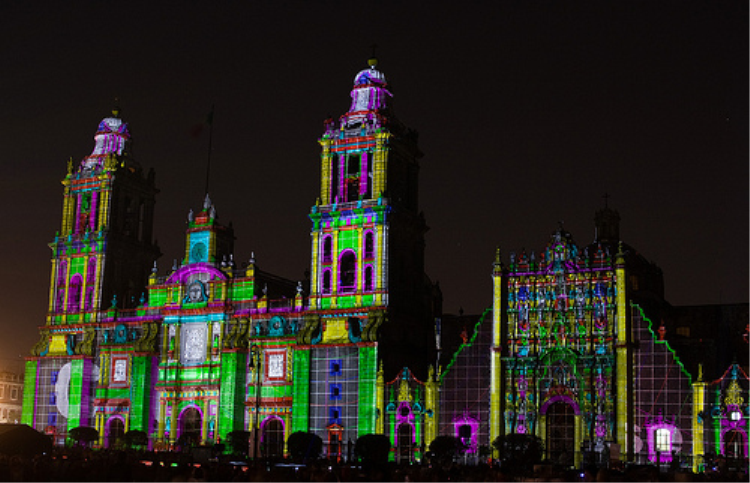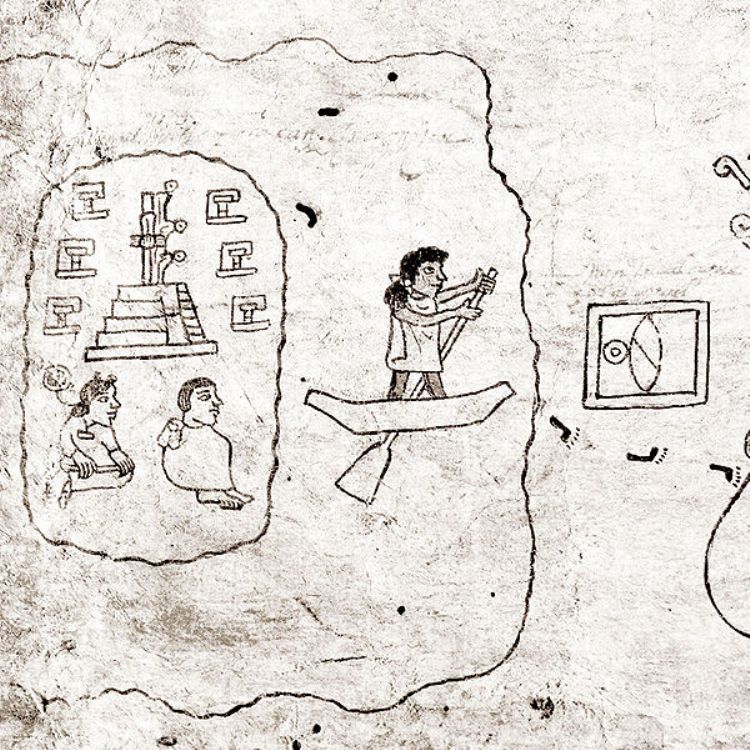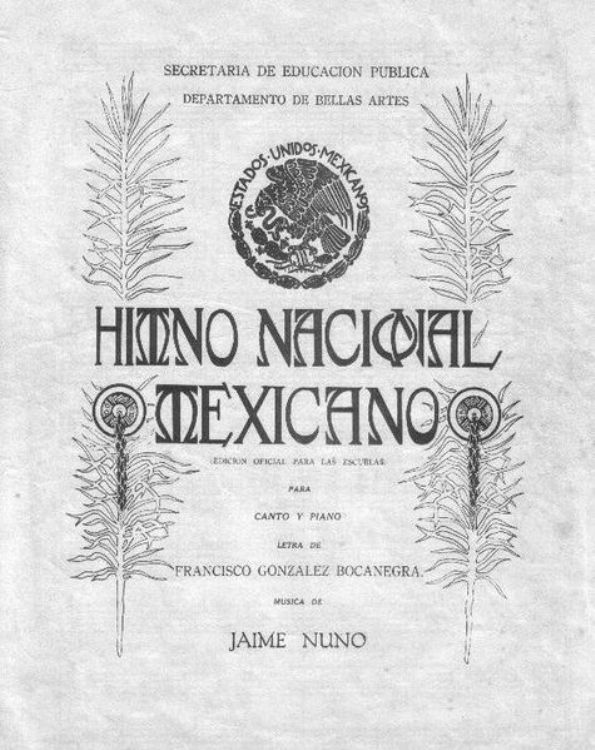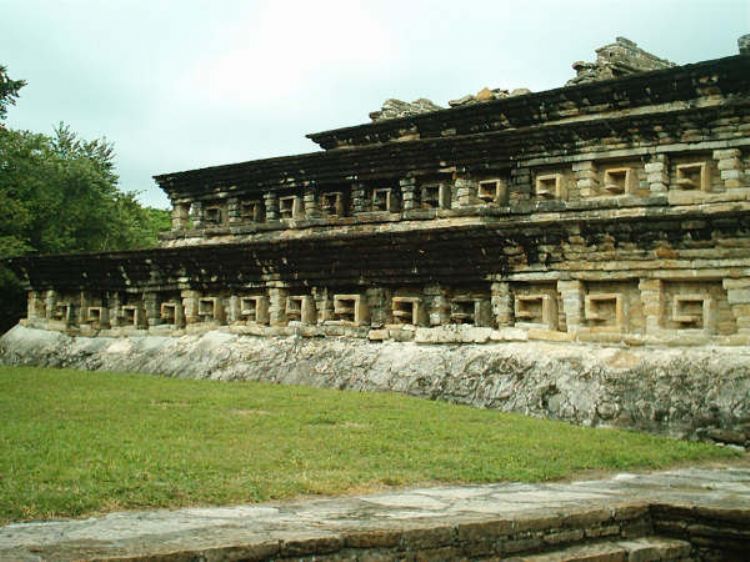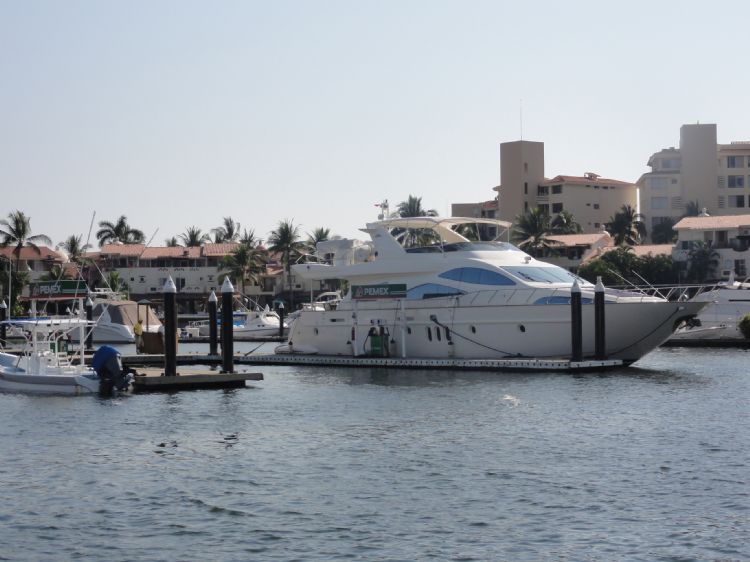Monte AlbĂÂĄn Oaxaca, Travel Oaxaca
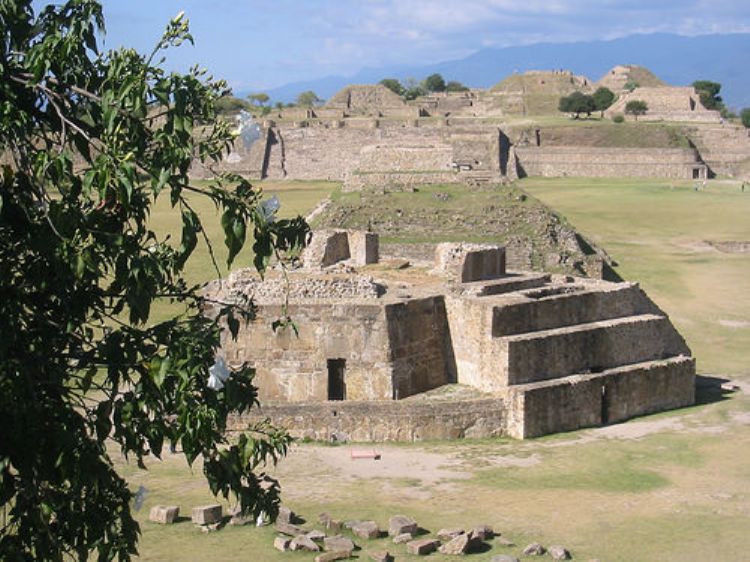
Monte Albán is an archaeological site located 10 kilometers from the OaxacaâÂÂs State capital. Founded by the Zapotec around the year 500 b.C., it is believed that the original name was Dani Baá; later, the mixtecos that conquered it a few centuries before the arrival of the Spaniards, called it Yucucúi.
This city is evidence of the splendor of two cultures, the Zapotec that founded it around the year 500 b.C. and the mixtecos who conquered the valley of Oaxaca centuries before the Spanish conquest. The city reached its greatest splendor between the years 200 to 600 A.D.
Monte Alban was the most important city of Zapoteca culture during the prehispanic era. The main economic activity of Mesoamericans was agriculture, for which this city flourished near the Atoyac River. For crops, dwellers also constructed terraces on the mountain sides and small dams to store water during rain season.
The ceremonial area is placed on the peak of a mountain in the center of the valley of Oaxaca, allowing it to visually dominate the whole valley; this corresponds to strategic issues in order to defend the city in case of attacks. The general population lived on the mountain sides while the political, military and religious leaders lived inside the ceremonial grounds.
The function of the main buildings was ceremonial, public and residential activities. On the carved stones there are glyphs, numerals and characters, showing the use of the calendar and registering historic events. The stones known as âÂÂDanzantesâ are carved with images of naked persons, possibly sacrificed prisoners, in order to exhibit the military power of Monte Alban.
The Great Plaza is an esplanade measuring 300 meters in length by 150 meters in width and was surrounded by structures with important buildings, including the North and South platforms. There were residential palaces, stone tombs, water storage systems, ball game structures and monuments for astronomic observation.
Monte Alban was not mentioned in the ConquestâÂÂs chronicles or during the later centuries, but only until the end of the XIX century.
Tomb 7 belongs to the period of Zapoteca occupation. After the houseâÂÂs abandonment, between the years 1300 and 1500 A.D., the sepulture was reopened by mixtecos in order to bury other important characters, preserving the bones and objects of the Zapoteca lords. In 1932, Mexican archeologist Alfonso Caso discovered the tomb, finding a rich offering composed of more than 400 pieces of gold, silver, copper, turquoise, coral, pearls, obsidian and amber.
This set of prehispanic monuments, together with Oaxaca CityâÂÂs historic center, was registered in 1987 as World Heritage by UNESCO.
Of great interest for visitors are the Waterfalls of Hierve el Agua, a natural formation composed by waterfalls that were formed thousands of years ago and descend to springs that create a natural pool where people can swim.
Artículo Producido por el Equipo Editorial Explorando México.
Copyright Explorando México, Todos los Derechos Reservados.
Foto: Tjeerd

